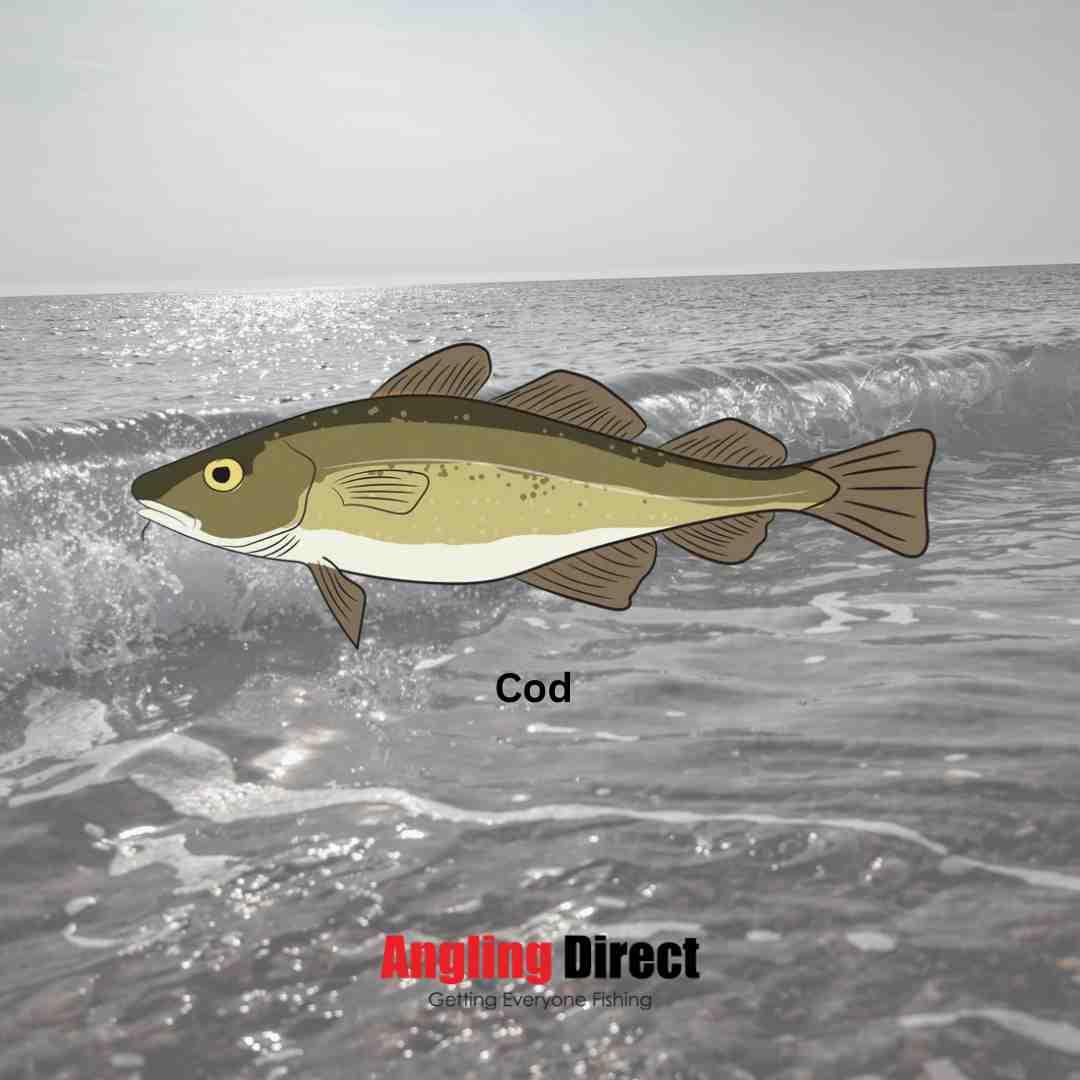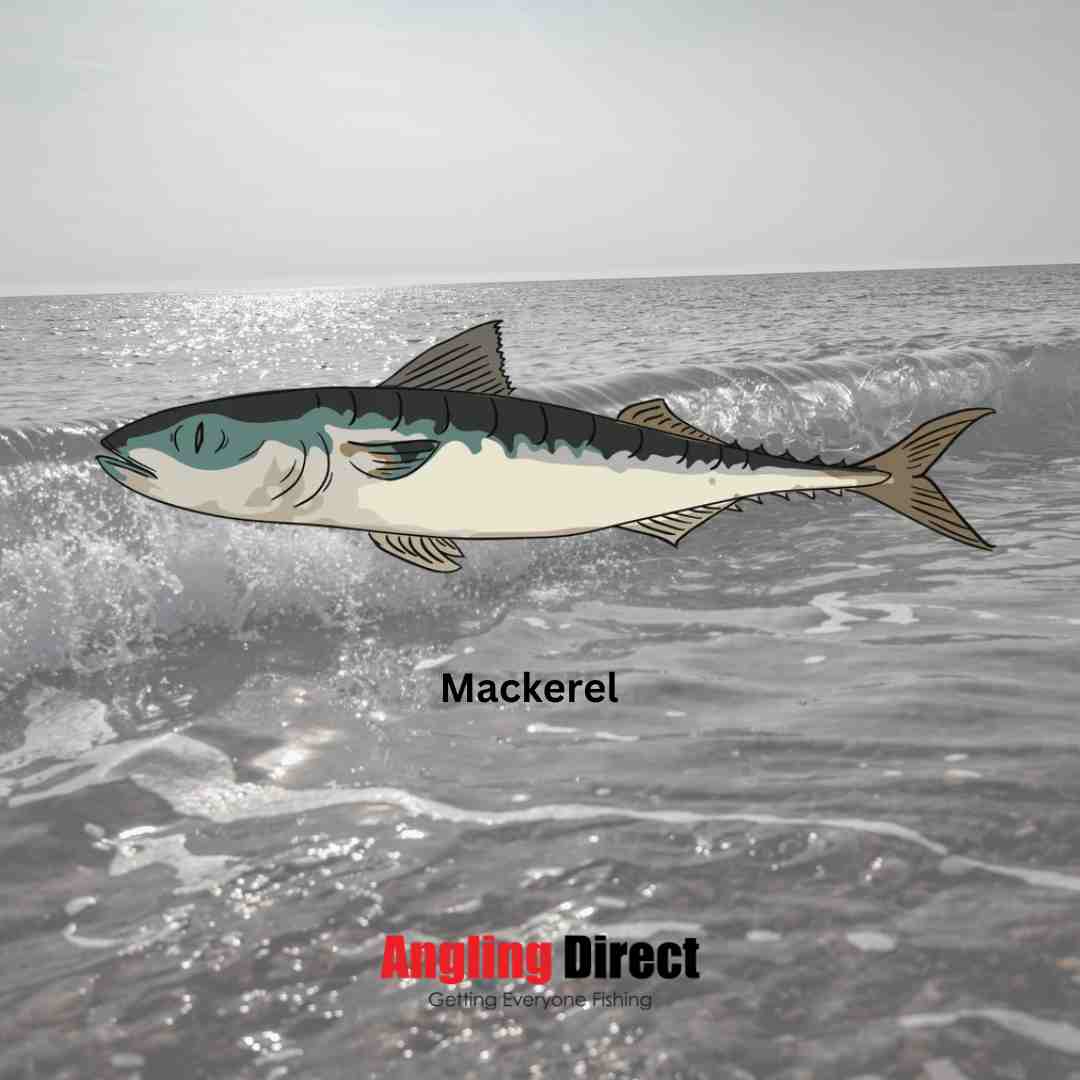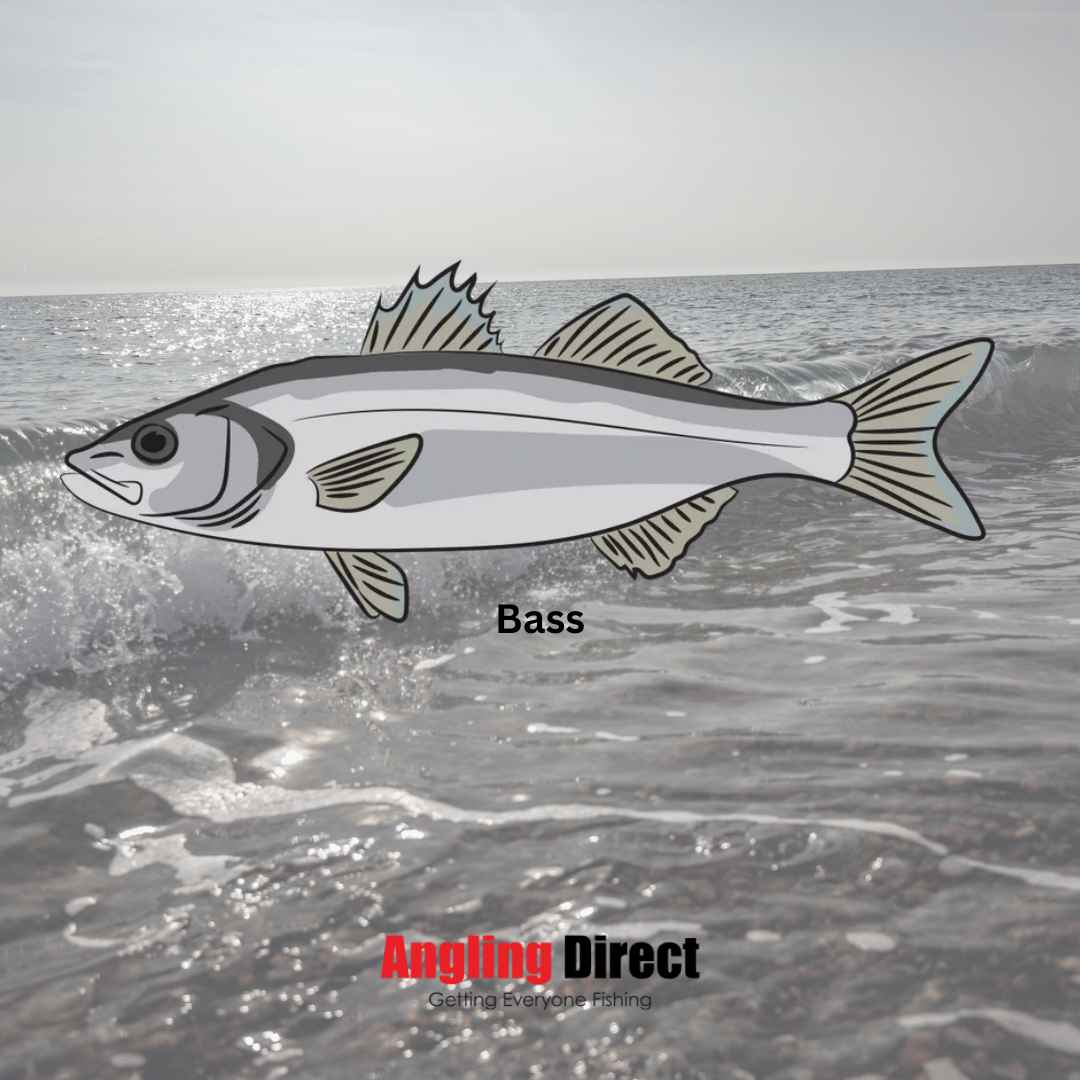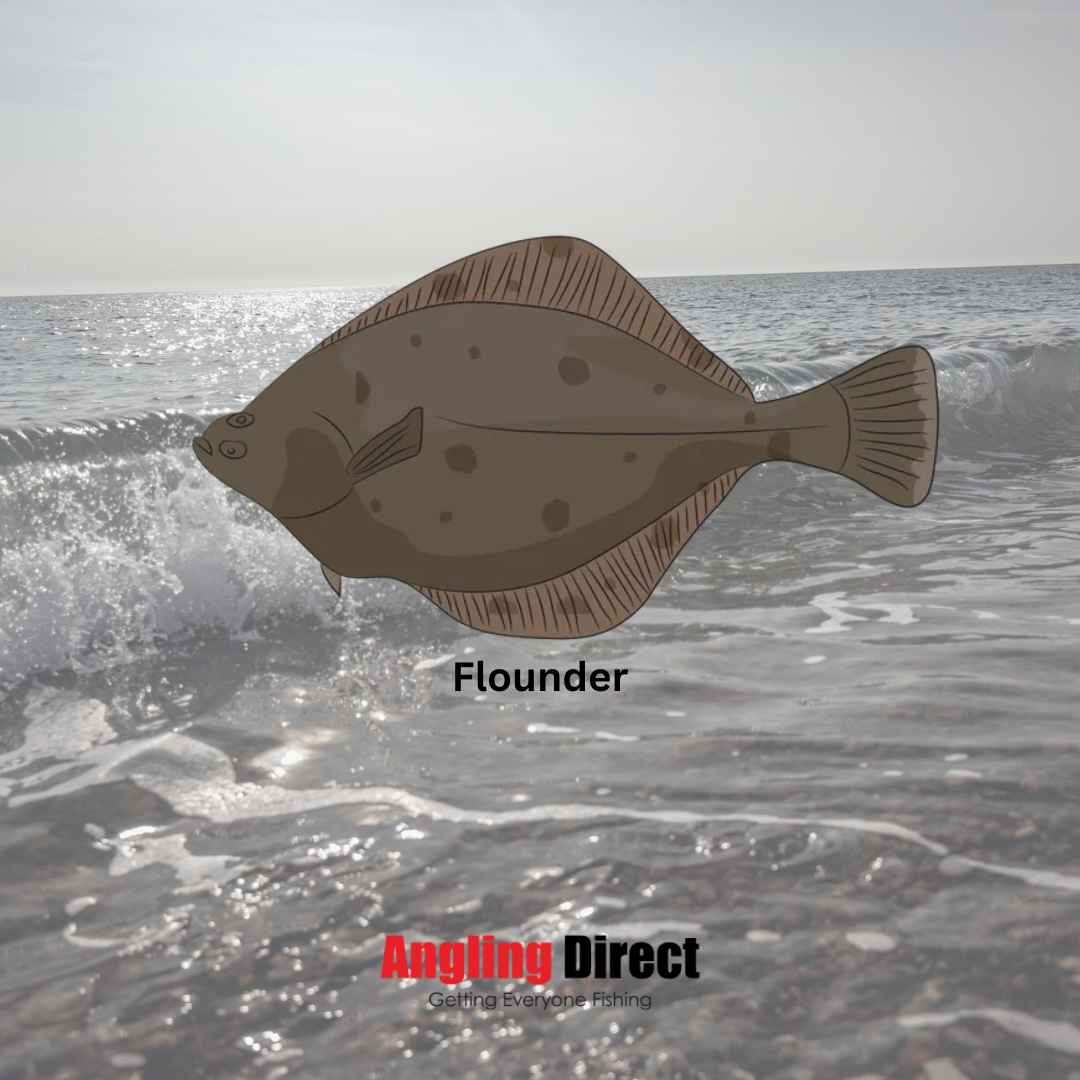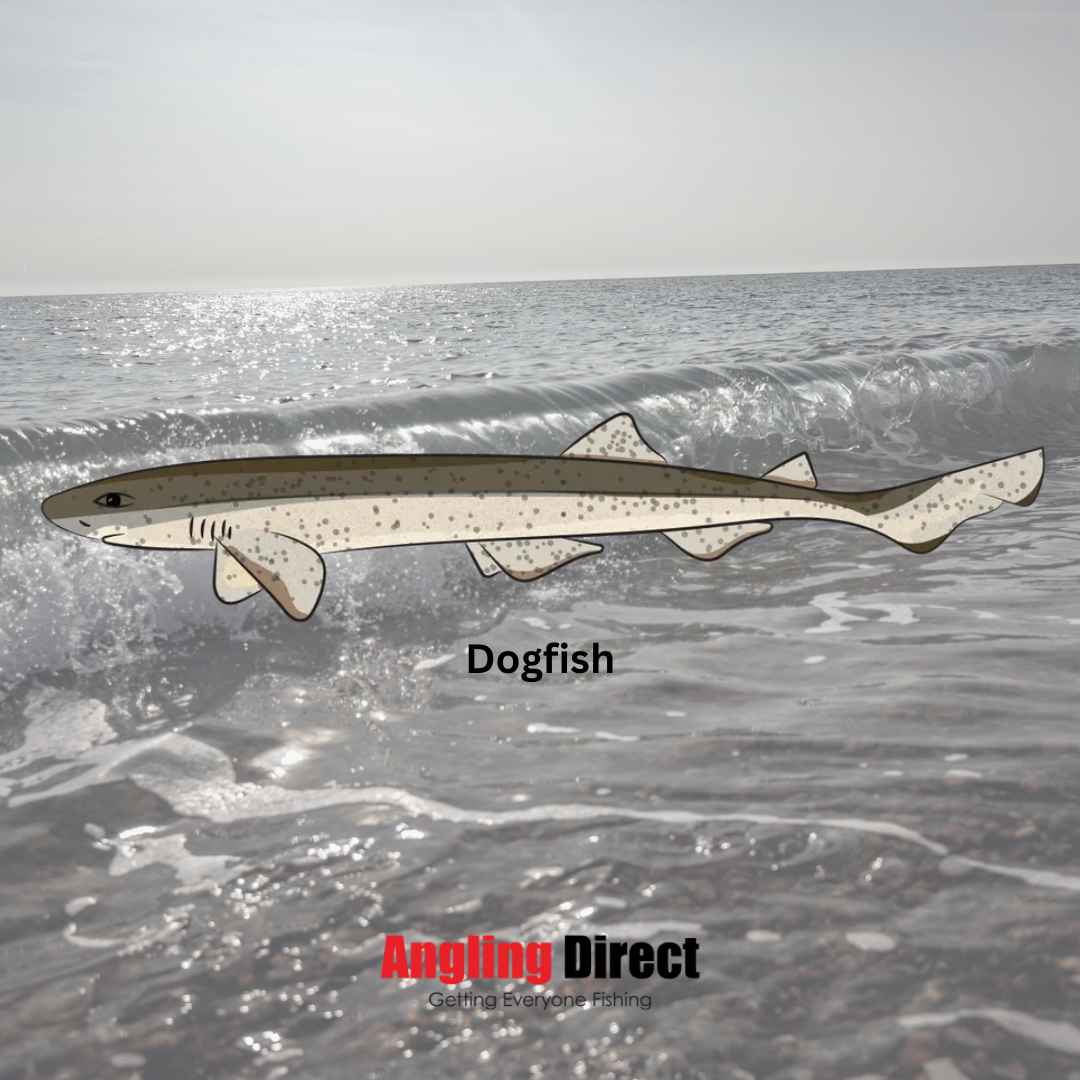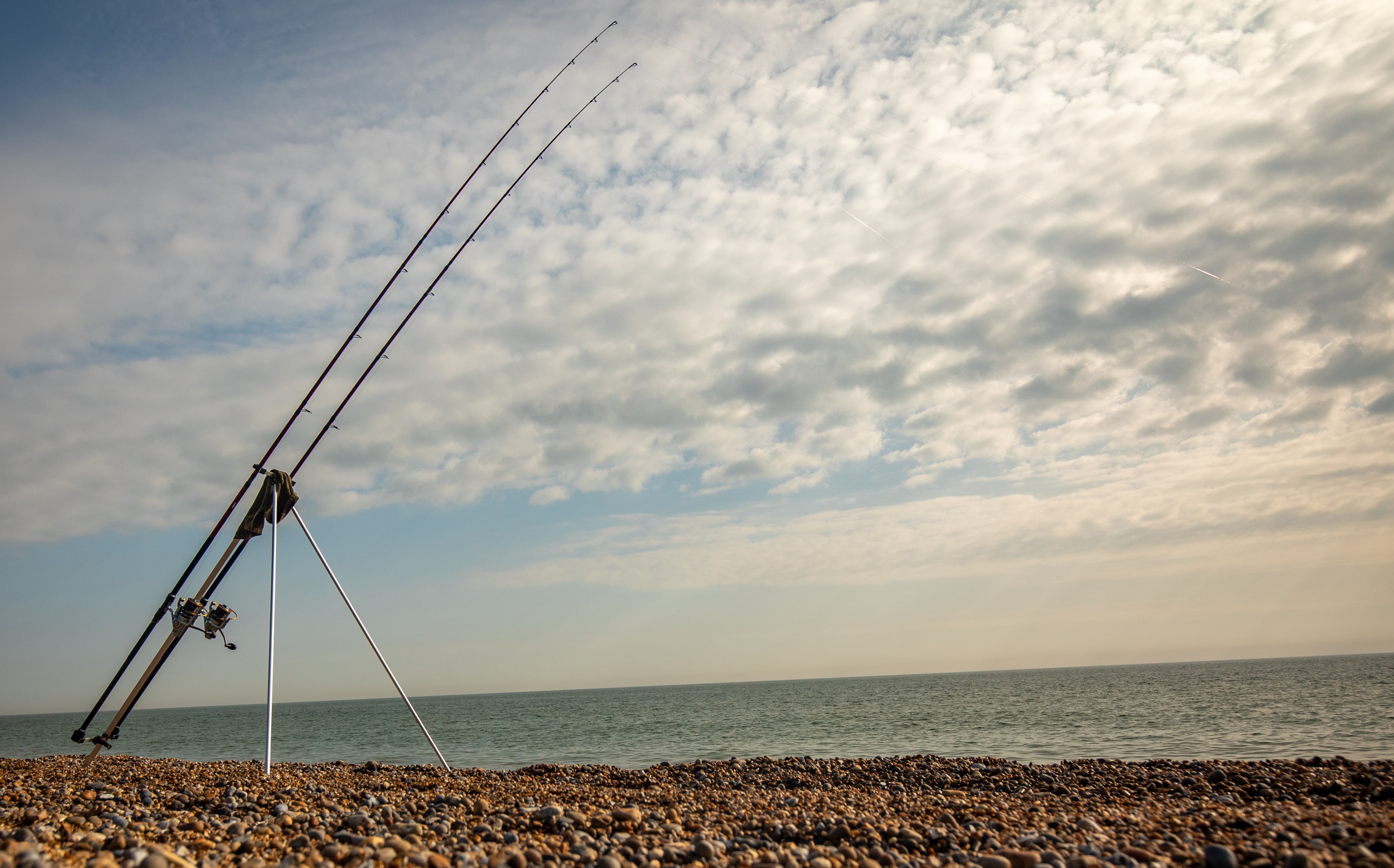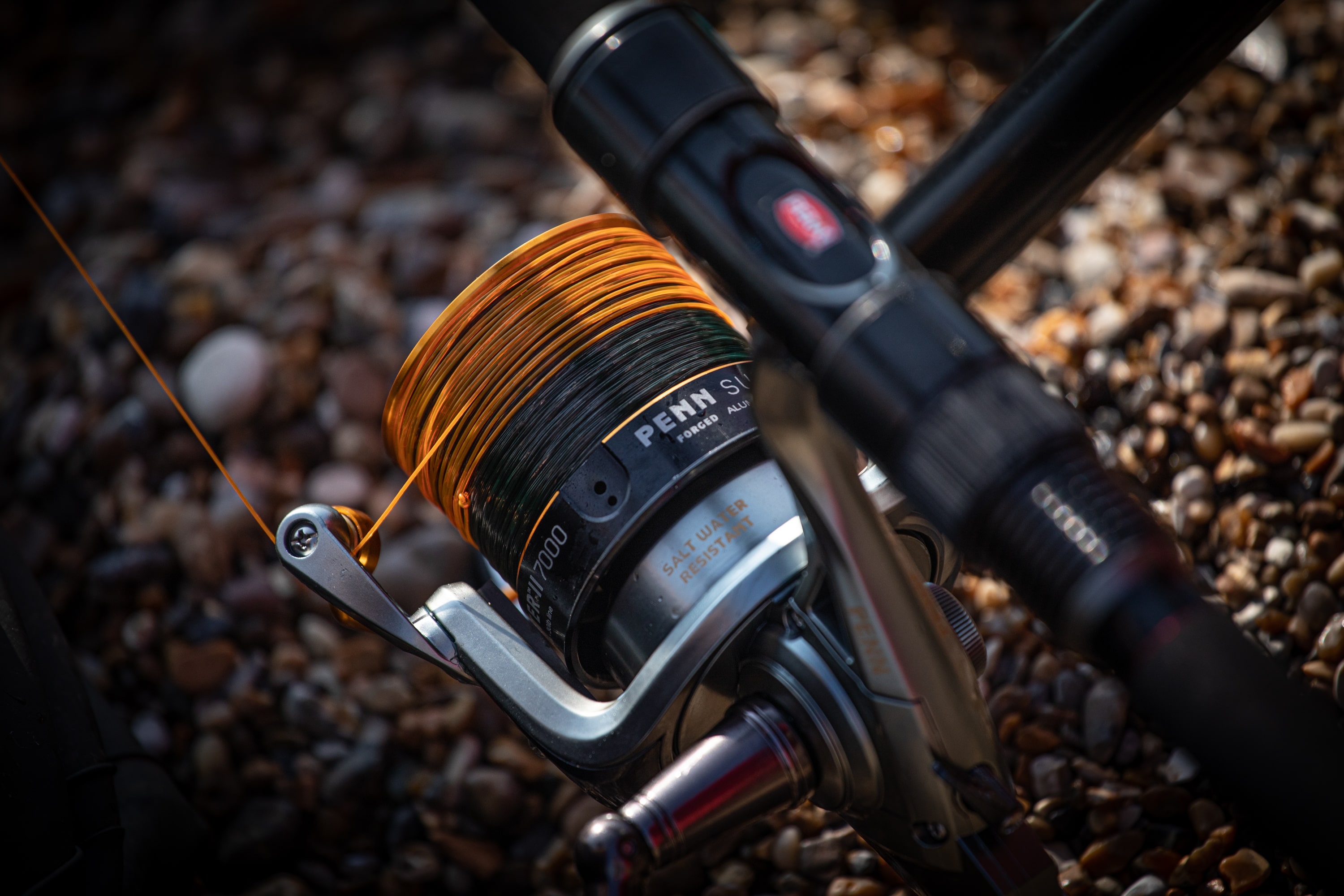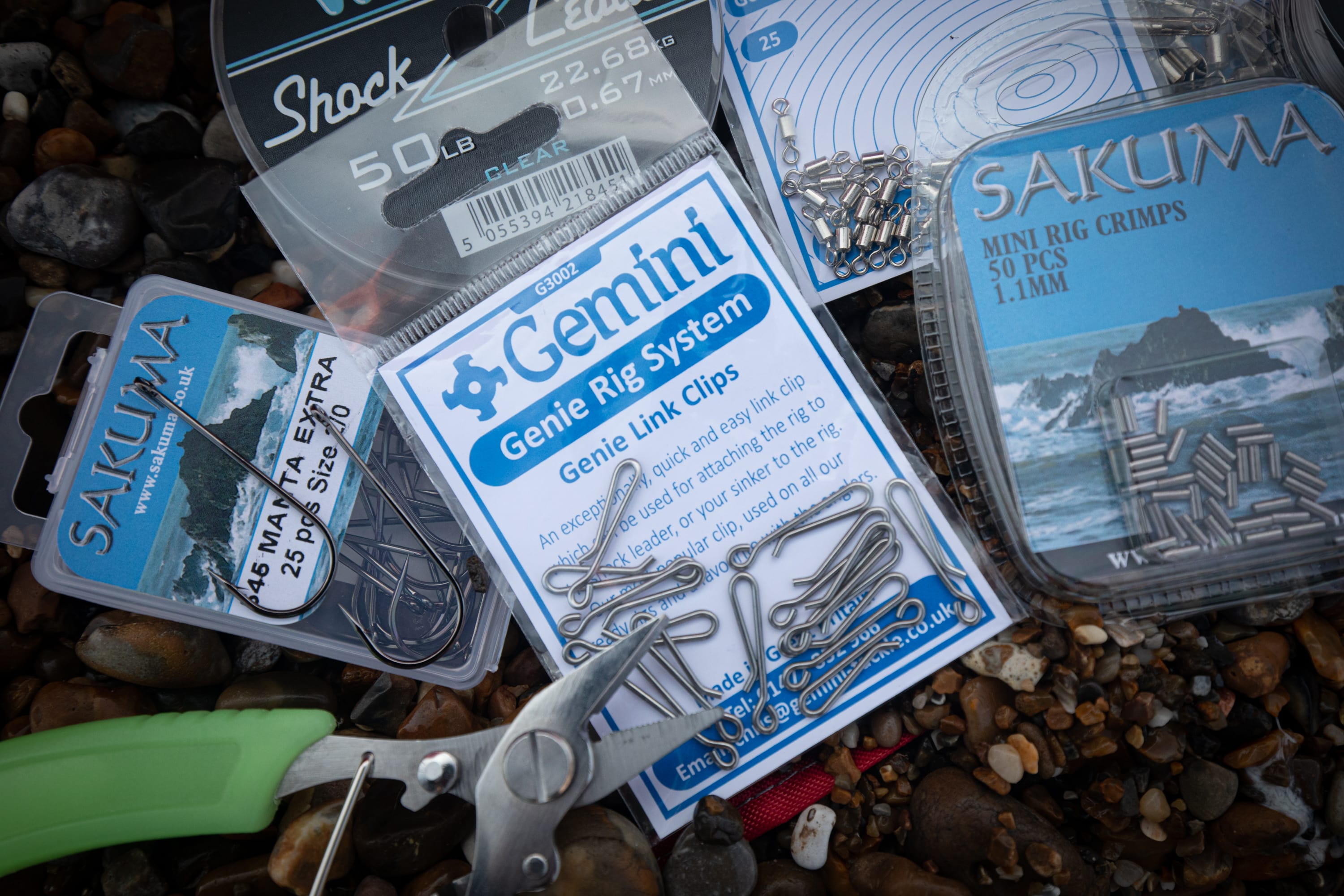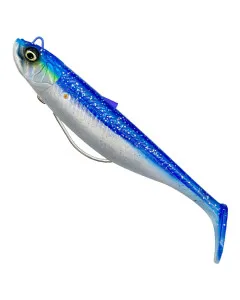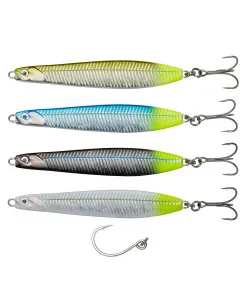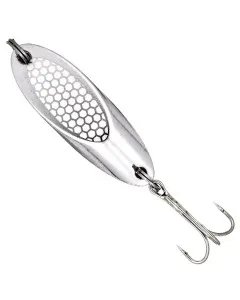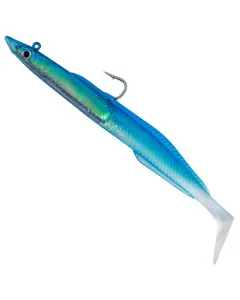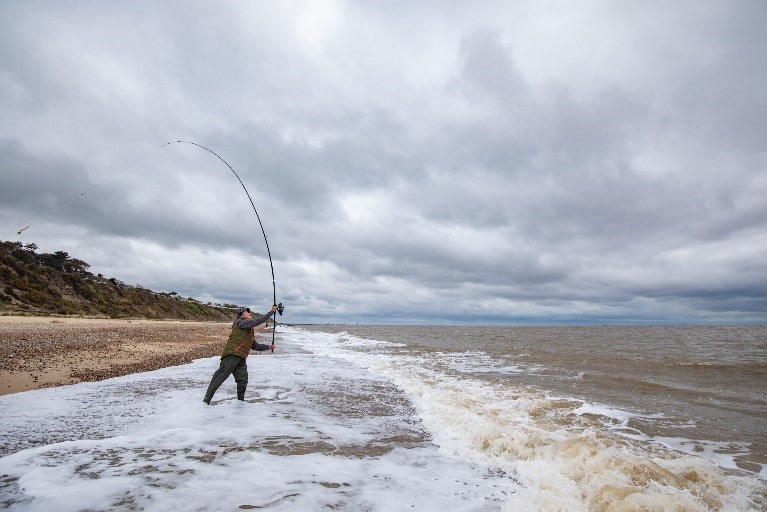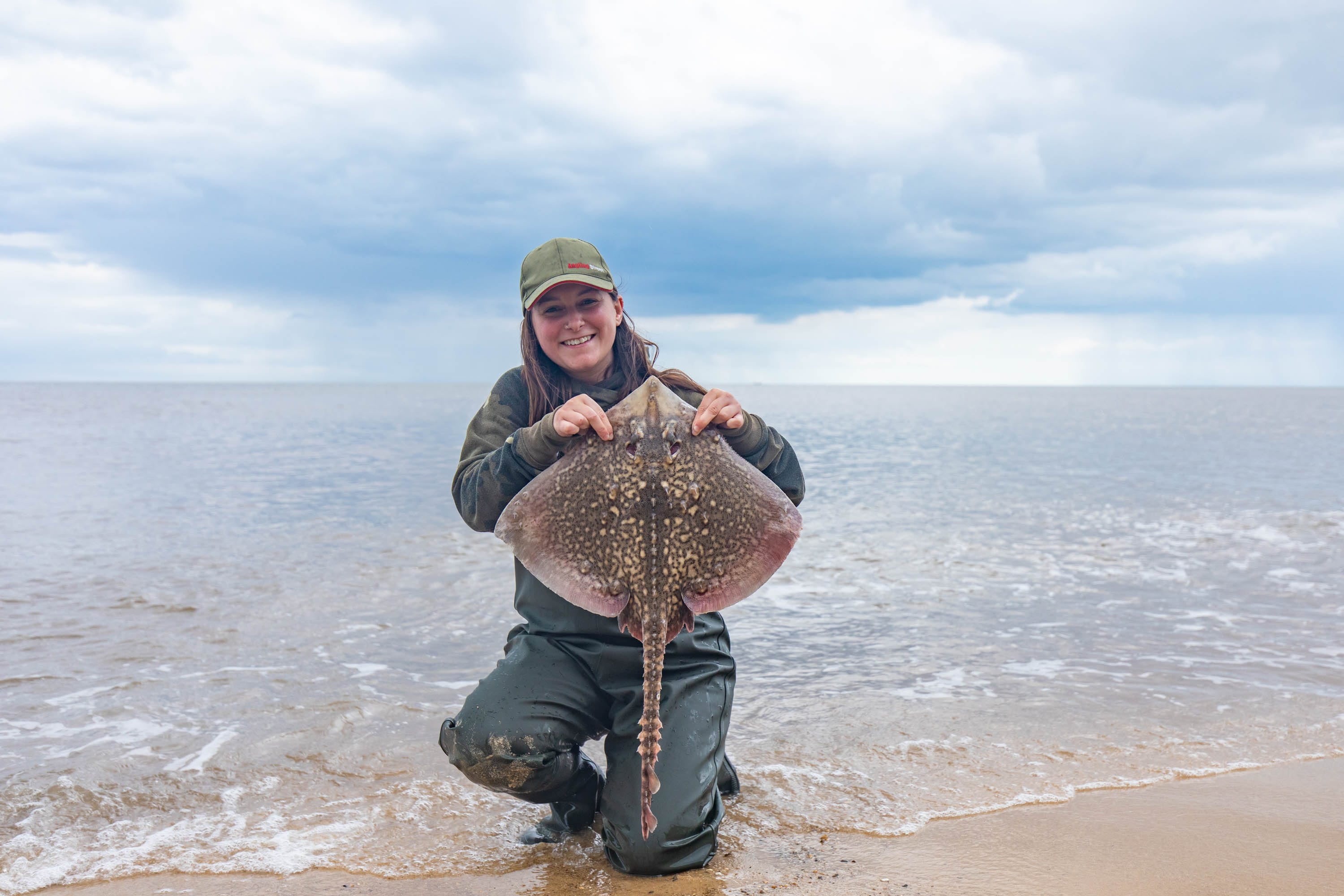British Sea Fishing: Tips & Tackle for Sea & Beach Fishing
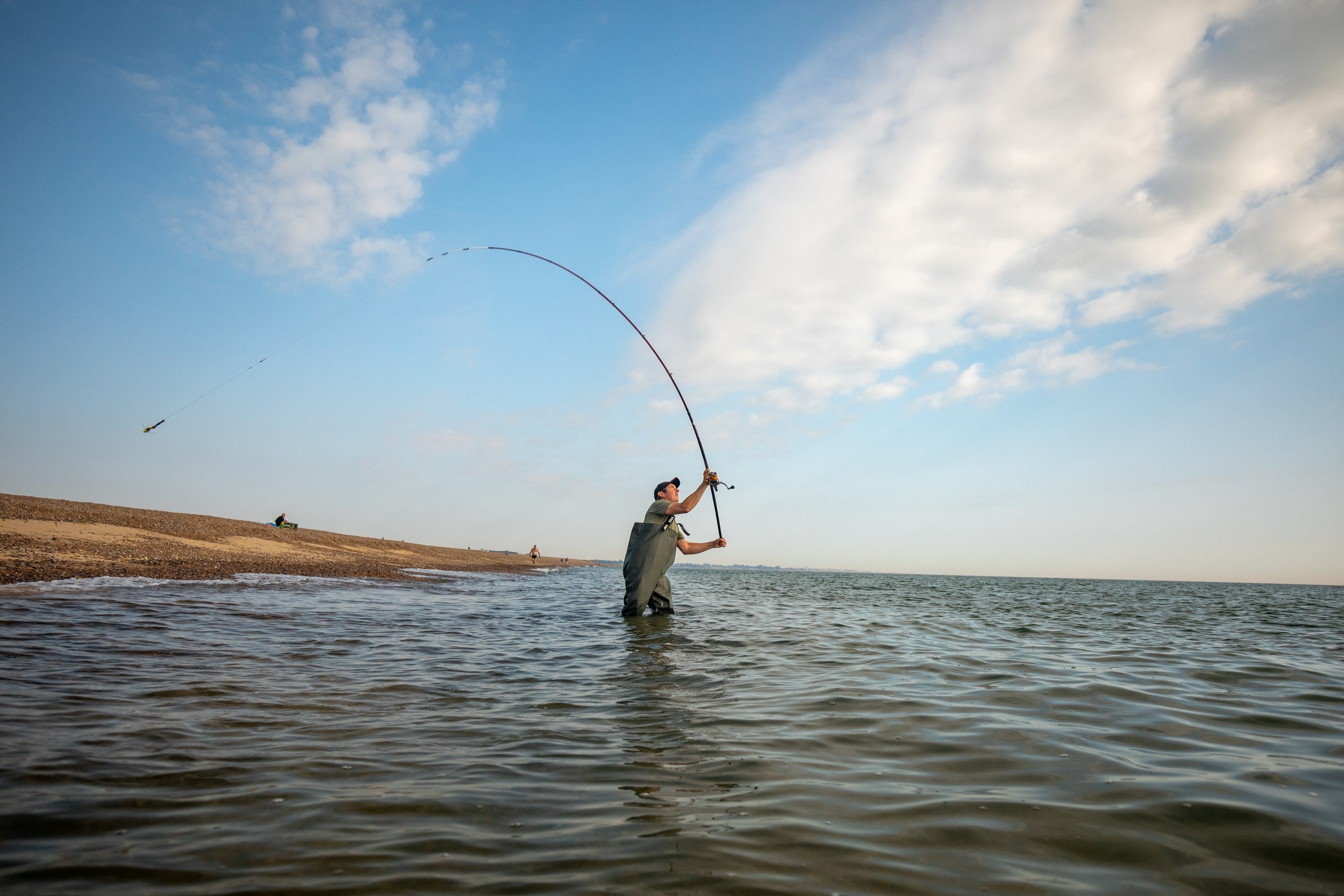
Sea angling is a pursuit that has captured the hearts and minds of enthusiasts for generations. From rugged rock fishing to gentle shore fishing. There's a fishing spot for every angler, each with its unique challenges and rewards.
In this article, we'll delve deep into the world of sea fishing, exploring the tactics, essential knowledge and sea fishing equipment required for a successful and enjoyable sea-angling adventure.
Understanding the British Coastline
A Brief History of Sea Fishing
British coastline fishing has a rich and fascinating history. From ancient times, it's been a vital part of the culture and economy. Today, sea angling attracts enthusiasts from all walks of life, seeking the thrill of the catch, the serene environment, or even the sporting competition.
Where is the best sea fishing in the UK?
The United Kingdom boasts some of the most renowned fishing spots in the world. A vast playground for sea anglers, there are plenty of sea fishing opportunities:
- Scotland: From pollock to mackerel. Anglers towards Scotland even catch halibut, salmon and sea trout.
- Cardiff: Excellent for shore and boat fishing, wrasse rules the waves, as does the sea bass.
- Thames Estuary: Many have found flounder in sections of the estuary. Do check if a licence is required.
- Brighton: Many love a spot of beach fishing for plaice at this southern seaside destination.
- Northern Ireland: The rugged coastlines here are teeming with tope and spurdog.
- Cornwall: Famous for shark fishing, the warm current of Cornwall is a sea fishing hotspot nearly all year round.
- Northeast England: Ideal for cod and haddock.
Understanding the specific topography of your chosen location can enhance your fishing experience, making familiarity with the area's maps and charts essential.
What month is best for sea fishing UK?
Timing is crucial in fishing. Understanding the seasonality of different species, migratory patterns, and weather conditions can drastically influence your success.
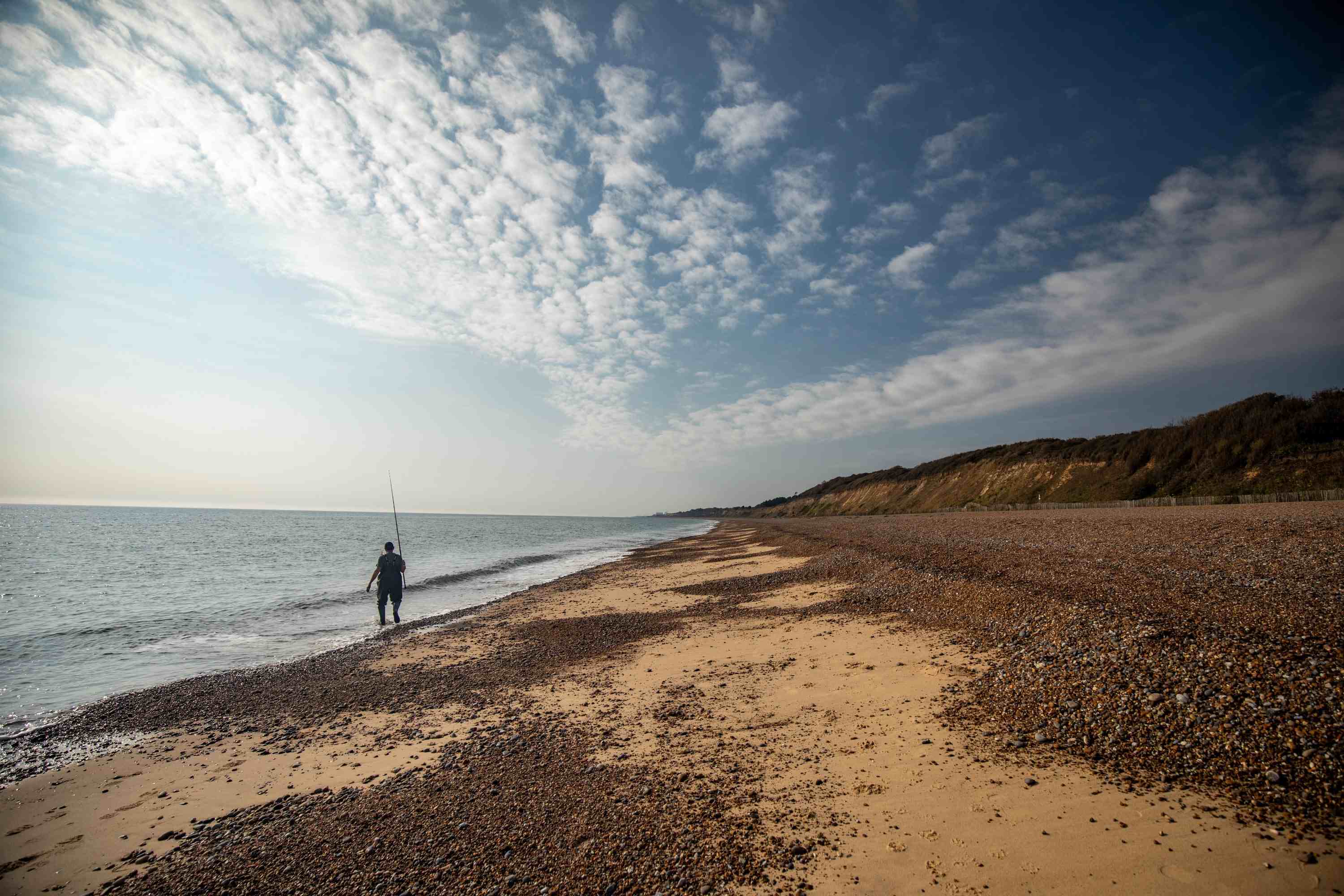

Spring: Good for flatfish and mackerel.
Summer: Ideal for bass, shark, and rays.
Autumn: Perfect for cod and whiting.
Winter: Suitable for beach fishing.
Each season brings a unique fishing experience to the UK. Connecting with local anglers or visiting online forums can offer invaluable insights into the seasonal trends in your chosen area.
What are the rules on sea fishing UK?
Sea Fishing Limits: There are specific size limits for certain fish species to protect juvenile fish.
Catch Restrictions: Some areas may have restrictions on certain species depending on the time of the year.
Protected Areas: Fishing may be restricted in certain areas to protect the environment or specific species.
International Rules: If fishing in international waters, additional rules may apply.
Equipment Regulations: Certain types of sea fishing gear may be restricted.
Fishing Licence: Fishing in the UK often requires a license. This applies to freshwater and some saltwater estuaries. Obtaining one is easy and can be done online.
Regional Regulations: Different regions might have specific rules and restrictions. Familiarise yourself with local regulations to ensure compliance.
Age Restrictions: There are often age-related rules, especially for younger anglers. Some areas might require adult supervision or adherence to specific guidelines.
Understanding Fish Behavior
Understanding fish behaviour is paramount for a successful fishing trip. Observing how fish respond to weather conditions, tides, and sea fishing baits can help you tailor your approach. Study the species you’re targeting and learn their habits, likes, and dislikes.
Popular British Sea Fish Species
Cod: Cod is a popular target for anglers. Found in abundance, particularly in the North Sea, it's known for its delicious taste and challenging catch.
Mackerel: Mackerel is a common fish found all around the British Isles. Its striking appearance and predatory behaviour make it a favourite among anglers.
Bass: Bass is renowned for its fighting spirit and thrilling catch for any angler. The south coast is mainly known for bass fishing.
Flounder: A popular flatfish, flounder can be found in estuaries and coastal waters. They are a fun catch and provide an excellent opportunity for those new to sea angling.
Dogfish: Dogfish, a common catch along UK coastlines, provides anglers with an engaging and rewarding fishing experience.
Each species requires a unique approach. Research and connect with experienced anglers to learn about specific strategies. For example, using a float rig for mackerel might differ significantly from bottom fishing for flatfish.
Best Weather for Sea Fishing
Weather significantly influences fish behaviour. Warm weather might lead to increased fish activity, while cold weather might make them more lethargic. Overcast conditions are often considered ideal for fishing, as fish are more likely to feed.
Should I fish in the rain?
Sea fish do not mind the rain, but anglers might face discomfort during sudden downpours. Adequate waterproof fishing gear and beach fishing shelters are crucial to prevent rain from disrupting fishing trips. Excessive rain and inland floods can introduce freshwater to the sea, driving sea fish away.
What is the best wind direction for sea fishing UK?
As the fisherman’s saying goes, when the wind is in the west, the fish bite the best. When the wind is in the east, the fishes bite the least. Overall, south and west-facing winds bring warmth and therefore the fish.
Tide and Current Information
Understanding the tides is like understanding the heartbeat of the sea. Here's what you need to know:
Fishing at High Tide: High tide can be a magical time for sea anglers. Many species venture closer to the shore, offering exciting opportunities.
Fishing at Low Tide: Low tide exposes new areas and can concentrate fish in deeper channels. It's the perfect time to target flatfish like sole and plaice.
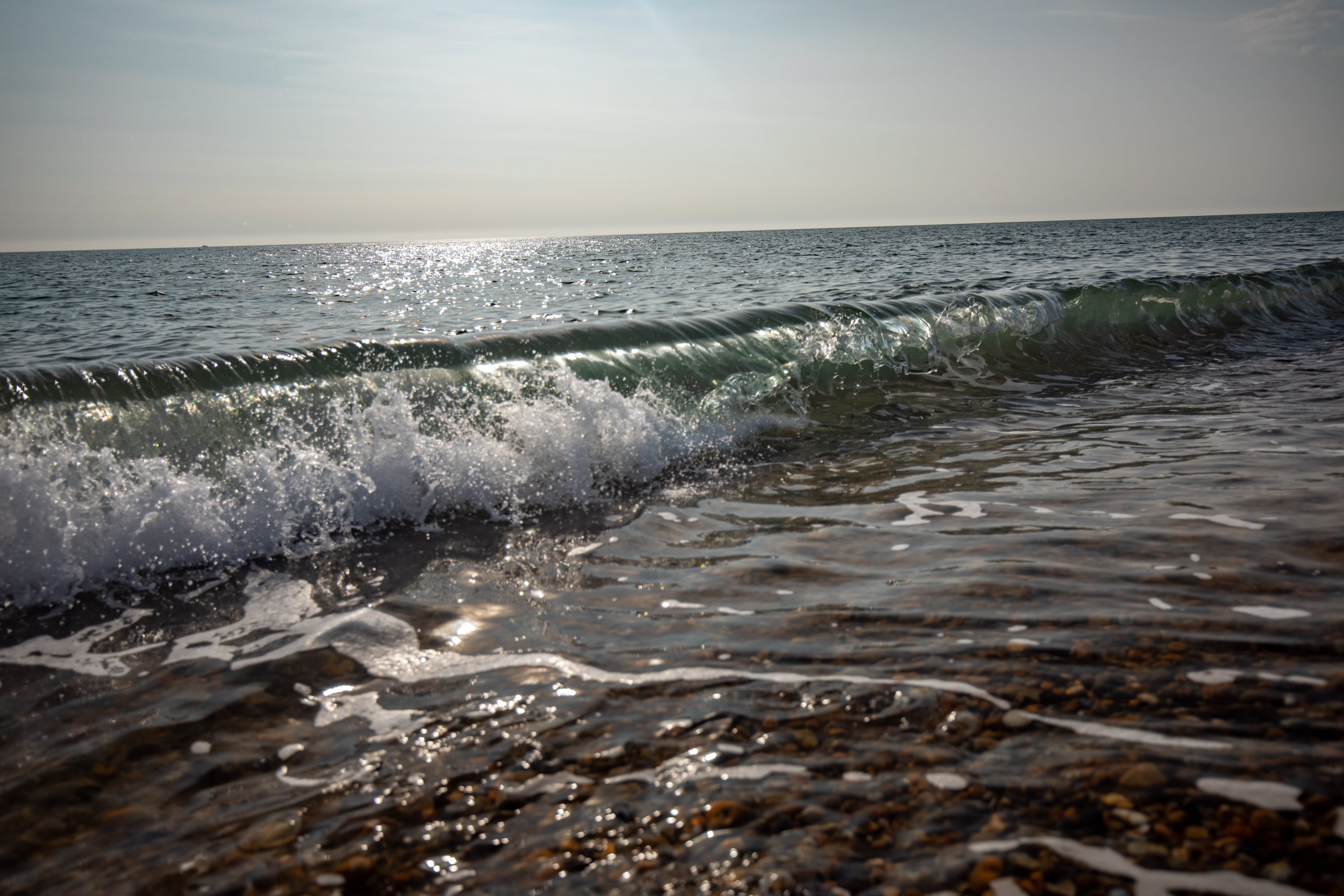

Tide Tables and Safety
Tide tables are a sea angler's best friend. They can help you plan your trip and keep you safe. Remember, the sea can be unpredictable, and understanding the tide can make a difference.
The tides play an essential role in sea angling. Knowing the tide times and how they affect fish behaviour can make or break your fishing experience as you can tailor your beach fishing setup to it.
What do I need to start sea fishing UK?
Choosing the right approach and sea fishing tackle is essential in sea angling. It's the difference between a good day and a great day on the water.
Sea Fishing Rods
Selecting the right rod is crucial for sea angling. Here are the various types:
- Spinning Rods: Great for casting and suitable for beginners.
- Fly Rods: Perfect for fly fishing and require skill.
- Trolling Rods: Designed for fishing from a moving boat.
- Surf rods: Great for casting off the beach, also known as beach casters or beach fishing rods.
- Boat rods: Great for deep sea angler fish.
Sea Fishing Reels
The reel is a vital component of your fishing setup. Here's how to choose the right one:
- Spinning Reels: Easy to use and versatile.
- Baitcasting Reels: Provide greater control but require practice.
- Trolling Reels: Ideal for deep-sea fishing.
- Multiplier reels: often work well for several sea fishing tactics
Sea Lines, Hooks, and Accessories
From braided to monofilament lines, circle hooks to J-hooks, each choice can mean success or failure.
- Lines: Monofilament is versatile, while braided lines offer more strength.
- Hooks: Size and shape depend on the targeted fish.
- Terminal Tackle: Be sure that all your sea fishing rig bits are anti-corrosion and strong enough for your target species.
What is the best bait for sea fishing in the UK?
The best sea fishing bait depends on the fish species you're targeting. Common bait for sea fishing includes lugworms, ragworms, mackerel, squid, sand eels, and peeler crabs. Live baits like worms and shrimp are popular, while artificial lures are great for specific species.
Sea fishing lures can be the key to unlocking a fantastic day's fishing for saltwater predators. From spoons and plugs, the options are endless.
Other sea fishing gear necessities for coastline fishing are your beach shelter for fishing, sea fishing tackle box and decent sea fishing clothing.
What is the Best Sea Fishing Method?
Beach Casting Techniques
Casting is the act of throwing bait or a lure using a sea fishing rod to reach the fish. Here are different casting techniques:
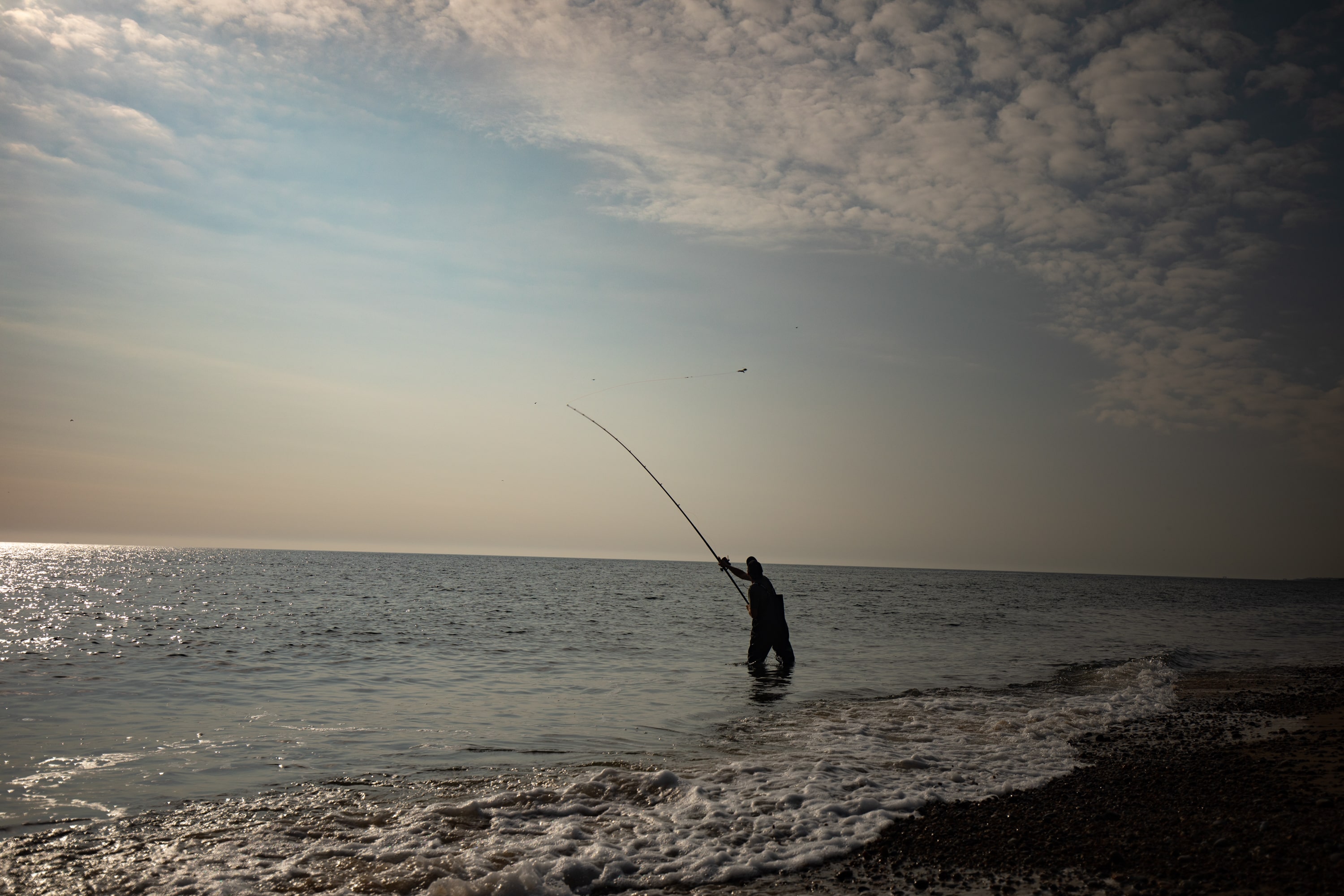

- Overhead Cast: Suitable for long distances.
- Side Cast: Useful in windy conditions.
- Roll Cast: Ideal for fly fishing.
Other fishing techniques for sea fishing include:
- Trolling: Trolling involves dragging lures or baited hooks from a moving boat. It’s effective in covering large areas and targeting specific fish.
- Drifting: Drifting is allowing the boat to move naturally with the current, presenting the bait more naturally. It's excellent for bottom-dwelling fish.
- Lure Fishing: Lure fishing is an art, using specially crafted ‘lures’ to imitate prey that fish eat. Mastery requires practice and precision.
How do you fish on a pier in UK?
Sea fishing from a dock or pier in the UK offers the advantage of easy access to deeper waters, increasing your chances of landing larger and more diverse fish species.
What is the meaning of fishing charter?
Charter Fishing is a boat fishing service that provides access to deeper water and bigger fish. Remember to always check for Charters with good reviews and the correct licenses for your style of sea fishing.
Reeling and Landing Fish from the Shore
Reeling in a catch is where the thrill of fishing truly lies. Maintain constant pressure and be patient, especially with larger fish. A good-quality landing net is vital for safely bringing the fish ashore, especially if you intend to release it later.
Catch and release is a practice where fish are carefully handled and released back into the water. This helps preserve the fish population and is essential for conservation. Practising catch and release ensures future generations can enjoy the same thrill we do today. Be sure to always releases undersized fish back to their marine environment.
Understanding and adhering to local regulations is essential. Closed seasons, size limits, bag limits – they all help in preserving our marine ecosystem.
Safety Measures for Sea Angling
Boat Safety: Boat safety should be your top priority while fishing. Here's what you need to know:
Check Weather Conditions: Always look at the forecast before heading out.
Life Jackets: Every passenger must have a life jacket.
Emergency Equipment: Include flares, a horn, and a first-aid kit.
Personal Equipment for Sea Fishing
Personal safety equipment is just as essential. Consider the following:
Quality Footwear: Slip-resistant shoes are vital.
Protective Clothing: Wear suitable clothing for the weather.
Sun Protection: Sunscreen, sunglasses, and a hat can protect against harmful UV rays.
Emergency Procedures for Sea Angling
Knowing what to do in an emergency is vital. Here’s what you need to remember:
- Emergency Contacts: Always have a list of emergency contacts.
- First-Aid Training: Basic knowledge can be lifesaving.
- Stay Calm: Keep a clear head and follow proper procedures.
Joining Fishing Clubs and Communities
Sea angling isn't just about the fish; it's about the friendships and community. Today's anglers are more connected than ever. Sharing stories, sea fishing tips, and photos online creates a vibrant community of like-minded enthusiasts.
- Benefits: Joining clubs can provide camaraderie, shared knowledge, and resources. It's a great way to learn and enjoy fishing with others.
- How to Find Clubs: Look online, in local newspapers, or ask at fishing shops for clubs near you. Many regions have active communities for all levels of anglers.
- Networking with Other Anglers: Building relationships with other anglers can enhance your experience, provide insights, and lead to lasting friendships.
Joining a local angling club can open up new friendships and fishing opportunities. From competitions to social outings, clubs offer a chance to be part of something bigger.
World of Sea Fishing
Talk Sea Fishing
UK Sea Fishing
Travelling and Accommodations
- Planning Trips: Planning your fishing trip is an essential part of the process. Consider factors like location, duration, budget, and equipment.
- Accommodations: From camping to luxury hotels, choose accommodations that suit your needs and preferences.
- Costs: Fishing trips can range from budget-friendly to extravagant. Plan according to your financial comfort, considering factors like travel, lodging, equipment, and licensing.
Fishing the British Coastline offers a rich and rewarding experience for both seasoned anglers and newcomers. It's about the thrill of the catch, the beauty of our shores, the friendships forged, and the stories that become part of our angling heritage.
By understanding the essentials, choosing the right equipment, and respecting both legal and environmental considerations, you can enjoy a fulfilling and responsible angling adventure. Every wave, every tide, every cast is a new chapter in your angling journey, filled with excitement and the joy of discovery.
Gear up, plan well, respect the environment, and may your lines always be tight.
FAQs on Sea Fishing in the UK
Can you fish in the Ocean UK?
Yes, you can fish in the ocean around the UK. However, make sure to follow all local regulations and guidelines.
What month is best for sea fishing in the UK?
The best month for sea fishing can vary depending on the species you're targeting. Spring and summer months (April to September) are generally suitable for a wide variety of species. Winter fishing can be productive for some species as well.
Do I need a license to sea fish in the UK?
Generally, you don't need a license for recreational sea fishing from the shore or a private boat in the UK. Commercial fishing requires proper licensing and adherence to specific regulations.
How do you rig for beach fishing?
There are various rigs for sea fishing, and the choice depends on the species and conditions. A popular beach fishing rig is the Paternoster Rig:
- Tie a swivel to the main line.
- Attach a leader line to the other end of the swivel.
- Tie one or more dropper loops along the leader for attaching hooks.
- Attach a weight to the end of the leader to hold the bait on the sea floor.
- Hooks are then attached to the dropper loops, and bait is added to the hooks.
Remember to always follow local regulations and practice responsible fishing, respecting both the environment and other anglers.
What is the best time to fish in British waters?
The best time varies depending on the species and location. Generally, spring and summer are considered ideal for most fish.
What equipment is essential for sea angling?
Essential equipment includes a suitable rod, reel, line, hooks, and bait. Safety equipment is also crucial.
Is sea angling suitable for beginners?
Absolutely! With proper guidance and equipment, even beginners can enjoy sea angling. Pop into your local Angling Direct for help on getting started with sea fishing.
How can I learn different fishing techniques?
Joining fishing clubs, watching tutorials, reading books, or hiring a guide are excellent ways to learn different techniques.
What are some popular fish in British waters?
Popular fish include cod, mackerel, bass, and flounder, among others.
Additional Resources
For more information, consider visiting the following resources:
- Fishing tackle shops for expert advice and equipment
- Fishing videos over on ADTV
- Expert Guides and Beginner Guides on our Blog
